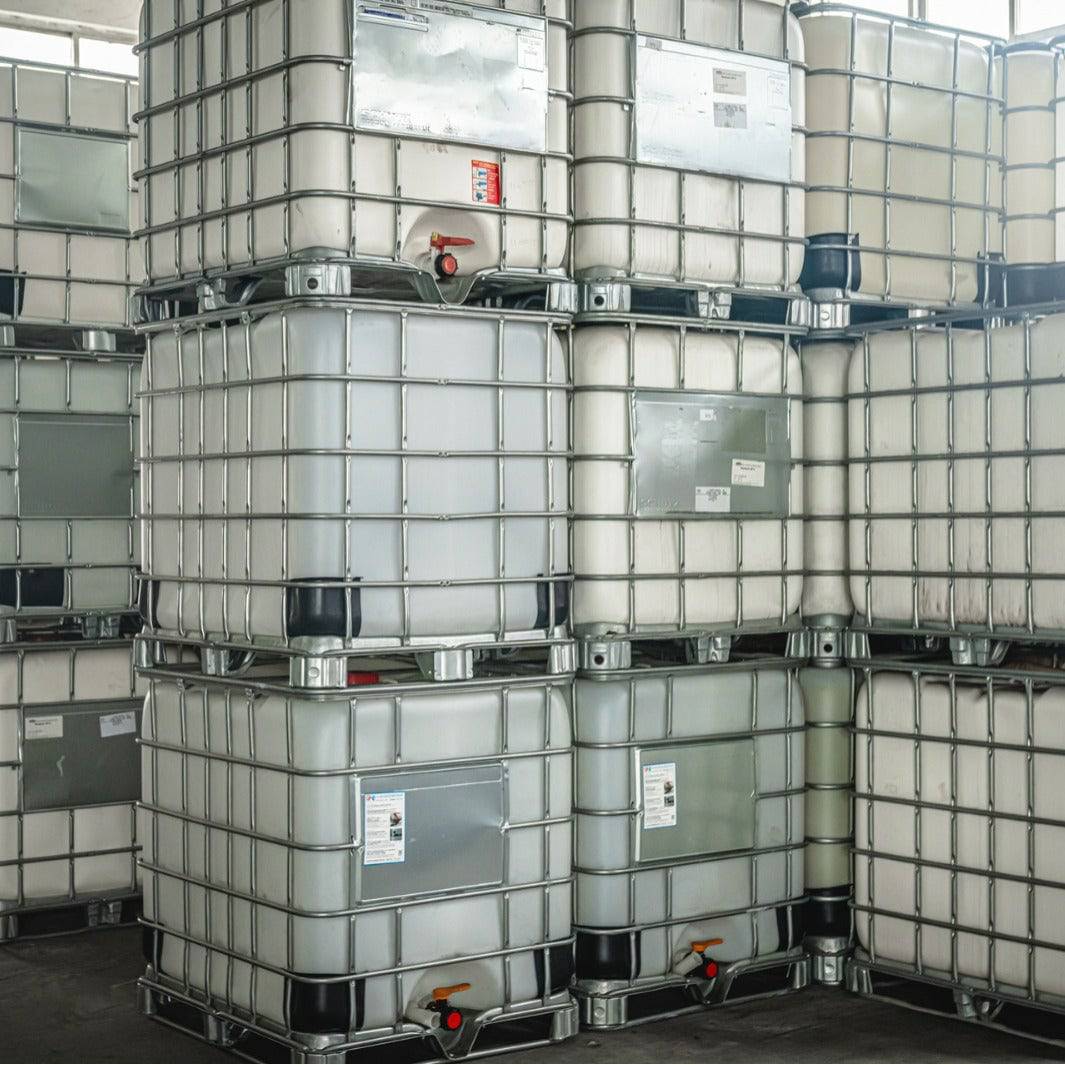Top Guidelines Of Chemie
Table of ContentsSome Known Details About Chemie Facts About Chemie UncoveredNot known Details About Chemie Rumored Buzz on ChemieChemie Fundamentals ExplainedThe Best Guide To Chemie
By Bojanna Shantheyanda, Sreya Dutta, Kevin Coscia and David SchiemerDynalene, Inc. Fluid air conditioning, which can be attained utilizing indirect or straight ways, is utilized in electronic devices applications having thermal power densities that may exceed risk-free dissipation via air cooling. Indirect fluid air conditioning is where heat dissipating electronic parts are physically separated from the fluid coolant, whereas in case of direct air conditioning, the elements remain in straight contact with the coolant.Nonetheless, in indirect air conditioning applications the electric conductivity can be essential if there are leakages and/or splilling of the fluids onto the electronics. In the indirect air conditioning applications where water based fluids with rust inhibitors are generally used, the electric conductivity of the fluid coolant primarily depends upon the ion concentration in the fluid stream.
The boost in the ion focus in a closed loop liquid stream might happen due to ion seeping from steels and nonmetal components that the coolant liquid is in contact with. During operation, the electrical conductivity of the fluid may increase to a level which can be harmful for the air conditioning system.
Examine This Report about Chemie
The examples were allowed to equilibrate at area temperature for 2 days before tape-recording the first electrical conductivity. In all tests reported in this research study fluid electric conductivity was measured to a precision of 1% using an Oakton disadvantage 510/CON 6 series meter which was calibrated before each dimension.
The Buzz on Chemie
from the wall home heating coils to the facility of the furnace. The PTFE sample containers were put in the furnace when consistent state temperature levels were gotten to. The test configuration was gotten rid of from the heating system every 168 hours (7 days), cooled down to space temperature level with the electric conductivity of the liquid determined.
The electric conductivity of the liquid example was kept an eye on for a total amount of 5000 hours (208 days). Schematic of the indirect shut loophole cooling down experiment set-up. Elements made use of in the indirect shut loophole cooling experiment that are in contact with the fluid coolant.

Some Ideas on Chemie You Need To Know
During operation the fluid reservoir temperature level was maintained at 34C. The modification in fluid electrical conductivity was monitored for 136 hours. The fluid from the system was accumulated and saved. Closed loophole examination with ion exchange material was brought out with the exact same cleaning procedures used. The initial electric conductivity of the 230ml UP-H2O in the system measured 1.84 S/cm.

0.1 g of Dowex material was added to 100g of liquid examples that was taken in a separate container. The combination was stirred and transform in the electrical conductivity at area temperature was determined every hour. The gauged change in the electric conductivity of the UP-H2O and EG-LC examination fluids containing polymer or steel when engaged for 5,000 hours at 80C is revealed Number 3.
An Unbiased View of Chemie
Number 3. Ion leaching experiment: Measured modification in electric conductivity of water and EG-LC coolants consisting of either polymer or steel examples when submersed for 5,000 hours at 80C. The results show that metals contributed less ions right into the liquids than plastics in both UP-H2O and EG-LC based coolants. This might be because of a slim steel oxide layer which might act as a barrier to ion leaching and cationic diffusion.
Liquids including polypropylene and HDPE showed the least expensive electric conductivity changes. This could be due to the short, stiff, straight chains which are less likely to contribute ions than longer branched chains with weaker intermolecular forces. Silicone additionally executed well in both test liquids, as polysiloxanes are normally chemically inert as a result of the high bond power of the silicon-oxygen bond which would avoid degradation of the product into the fluid.
5 Easy Facts About Chemie Explained
It would certainly be you could try this out anticipated that PVC would create comparable results to those of PTFE and HDPE based upon the comparable chemical frameworks of the materials, however there may be various other contaminations present in the PVC, such as plasticizers, that might impact the electric conductivity of the fluid - silicone synthetic oil. Additionally, chloride groups in PVC can additionally seep into the test fluid and can trigger a rise in electric conductivity
Buna-N rubber and polyurethane showed indications of deterioration and thermal disintegration which recommends that their feasible energy as a gasket or glue product at higher temperature levels could result in application problems. Polyurethane totally degenerated right into the examination fluid by the end of 5000 hour examination. Figure 4. Prior to and after images of steel and polymer samples submersed for 5,000 hours at 80C in the ion leaching experiment.
Calculated modification in the electric conductivity of UP-H2O coolant as a feature of time with and without material cartridge in the closed indirect air conditioning loophole experiment. The determined adjustment in electric conductivity of the UP-H2O for 136 hours with and without ion exchange material in the loop is displayed in Figure 5.
Comments on “The Basic Principles Of Chemie”